10 April 2018
"Martel is a medieval town, with the older houses built of pale stone that contrasts with their reddish-brown roofs. The ramparts that used to surround the town are gone but in their place is a wide boulevard and the narrow-streeted central part is a pedestrian area. The town has a distinctive sky-line with medieval towers projecting above the houses, and because of these, the town is sometimes called La ville aux sept tours. The highest tower is that of the Church of Saint-Maur. There is an eighteenth-century market hall taking up most of the central cobbled square. Markets are held here on Wednesdays and Saturdays, and during late December or January there is an annual truffle market."

(this is image borrowed)
"The village of Carennac lies in the fertile valley of the Dordogne River, nestled under the barren, parched plateau locally named 'le Causse'. Its most remarkable landmarks are a medieval priory, combining an 11th-century church and 15th-century cloister, and a 16th-century castle. "
"I am Pierre-Chicken-Bird-of-Carenacc, producer of chicken sperm, eater of corn, and lead town waker-upper."
(https://www.northofthedordogne.com/loubressa.php)
"As you wind up the hill to the hilltop village of Loubressac you are greeted by the sight of the lovely stone houses with small flowery gardens, brown terracotta roofs and painted shutters - often in shades of burgundy - delightful! The houses are built in a lovely pale gold, almost white stone.
The streets wind upwards to the shady square with its church dating from the 12th to 16th centuries.
As you wander round the village you catch glimpses of the surrounding countryside - the valleys of the rivers Dordogne, Cère and Bave, it offers one of the best views of the Dordogne region including views of the Chateaux Castelnau, one of the great castles of France.
Loubressac does have a chateau but it is almost impossible to see anything of it other than its imposing gateway. The chateau dates from the 15-17th centuries and its maison des gardes to the 15th century.
Loubressac is one of the 'most beautiful villages of France'. It is also rightly proud of its floral endeavors and has won the prizes of 'most beautiful flowering village of the Lot' and 'best flowering village of the Midi-Pyrenees'."
(left-below) Château de Castelnau-Bretenoux, construction began in the 12th-century, with enlargements and improvements out to the 17th-century. (right-below) Loubressac awaits us, and we find the description above is perfectly accurate.
"Gerri, give me your best Brigitte Bardot look." On the right, with our Peugeot rental.
Several villages have had these new and modern parking lots - for a small fee you can park just outside the venue, and not impede the locals. // Ah, the French like their bicycle tours.
(https://www.northofthedordogne.com/rocamadour.php)
"The lovely village of Rocamadour is on the eastern edge of the area, across the border from the Dordogne into the Lot department. Each year the small village of Rocamadour (population around 600), in the Parc Naturel Régional des Causses du Quercy, receives more than a million visitors. Why so popular?
Firstly because Rocamadour is an important pilgrimage destination, and has been for 1000 years. Built on the site of a shrine to a Madonna, the shrine became famous for its healing powers, and soon became a stop on the pilgrimage path to Santiago de Campostela. The second reason is because of the beautiful and dramatic setting of the village, climbing up a cliff side.
Rocamadour is one of the Grand Sites of France. It was also voted 'the favourite village of the French 2016' by viewers of a French television channel. It is also a UNESCO World Heritage Site as part of the pilgrim route of the 'Way of Saint James'. Rocamadour is one of France's most important tourist destinations."
The pilgrimage steps begin (Grand Escalier). There are 216 steps in total, once climbed by some pilgrims on their knees.
"Flights of steps ascend from the lower town to the churches, a group of massive buildings half-way up the cliff. The chief of them is the pilgrimage church of Notre Dame (rebuilt in its present configuration from 1479), containing the cult image at the centre of the site's draw, a wooden Black Madonna reputed to have been carved by Saint Amator (Amadour) himself."
For now we continued past these collection of churches to the top.
For now we continued past these collection of churches to the top.
One last ascent, winding up through 14 Stations of the Cross, we go on.
The top is in site, as we stop and pause at the last and 14th Station.
At the top, Basilique Saint Sauveur, with L'Hospitalet nearby, final destination for the pilgrims and a great place for some stunning views across the region. It's late so we didn't loiter long, and descended back to the lower assemblage of churches to see the Black Madonna.
The statue of the Black Madonna was the main draw for the pilgrims. Famous pilgrims who have journeyed to Rocamadour include Henri II of England, Eleanor of Aquitaine, Louis IX of France, Charles IV of France and Louis XI of France. (below left photo is from Wikipedia - the lighting we had just would not get a good picture)
The pilgrimage church opens onto a terrace where pilgrims could assemble, called the Plateau of St Michel, where there is a broken sword said to be a fragment of Durandal, once wielded by the hero Roland.
Going back down the pilgrimage steps, we see our hotel again, it's been another long day of medieval touring.


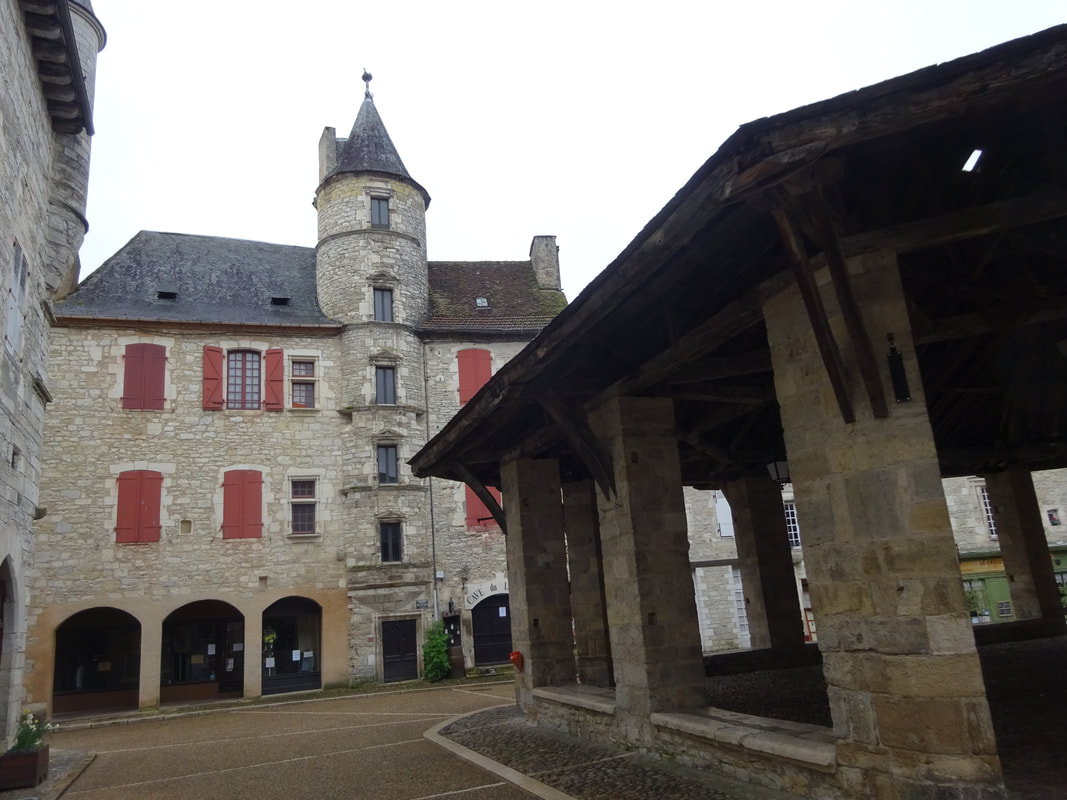



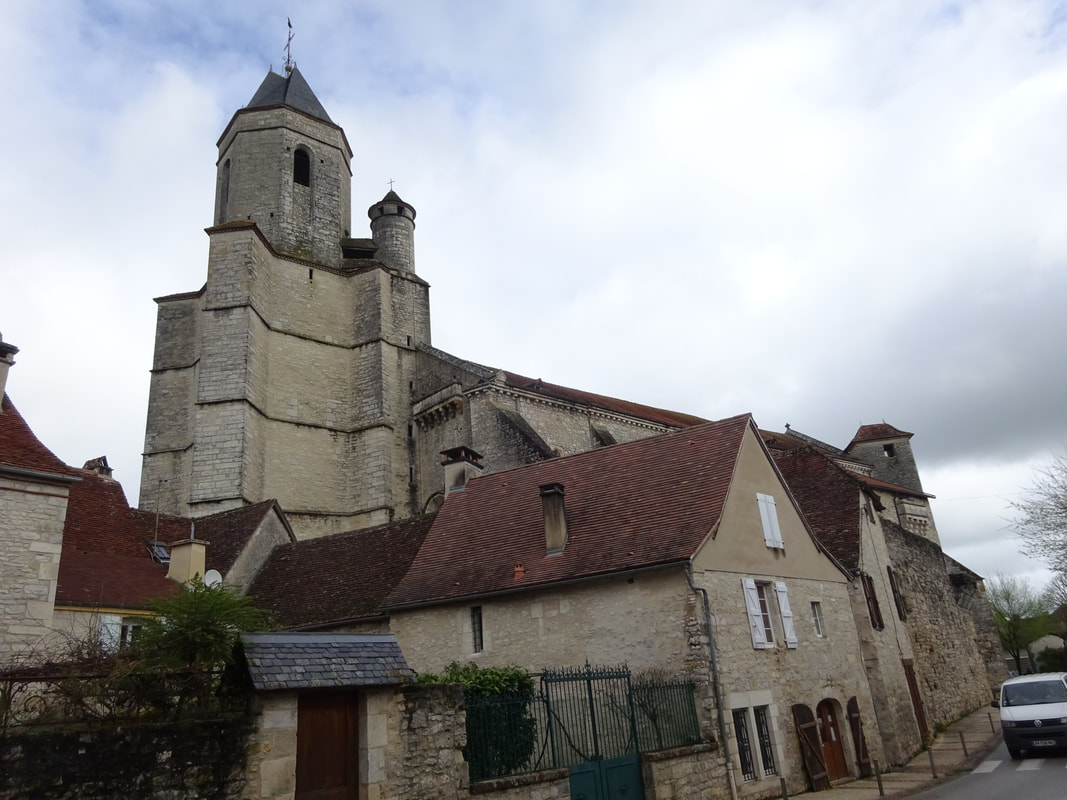
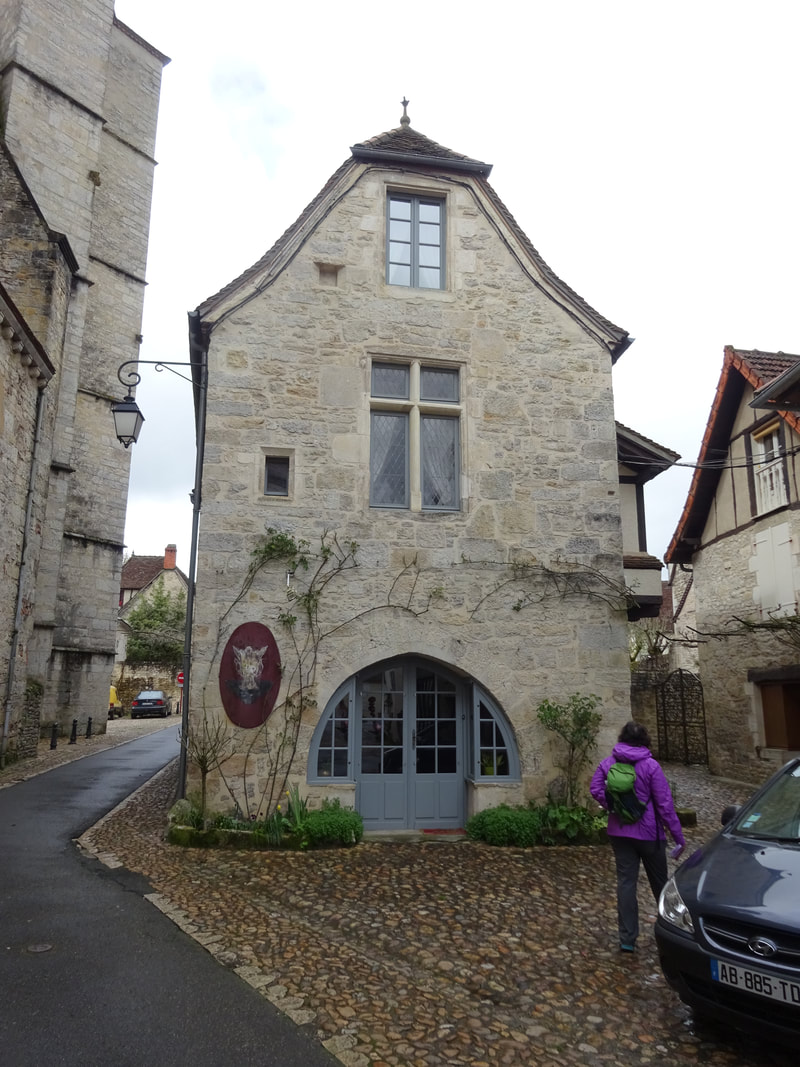













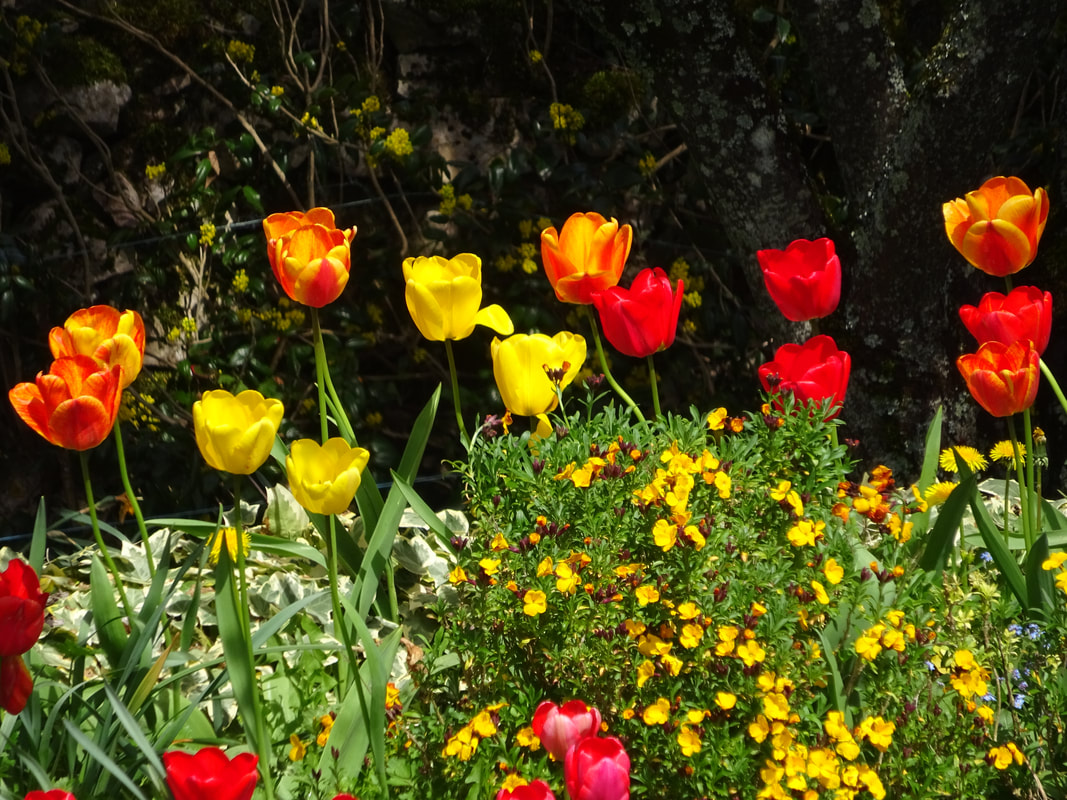




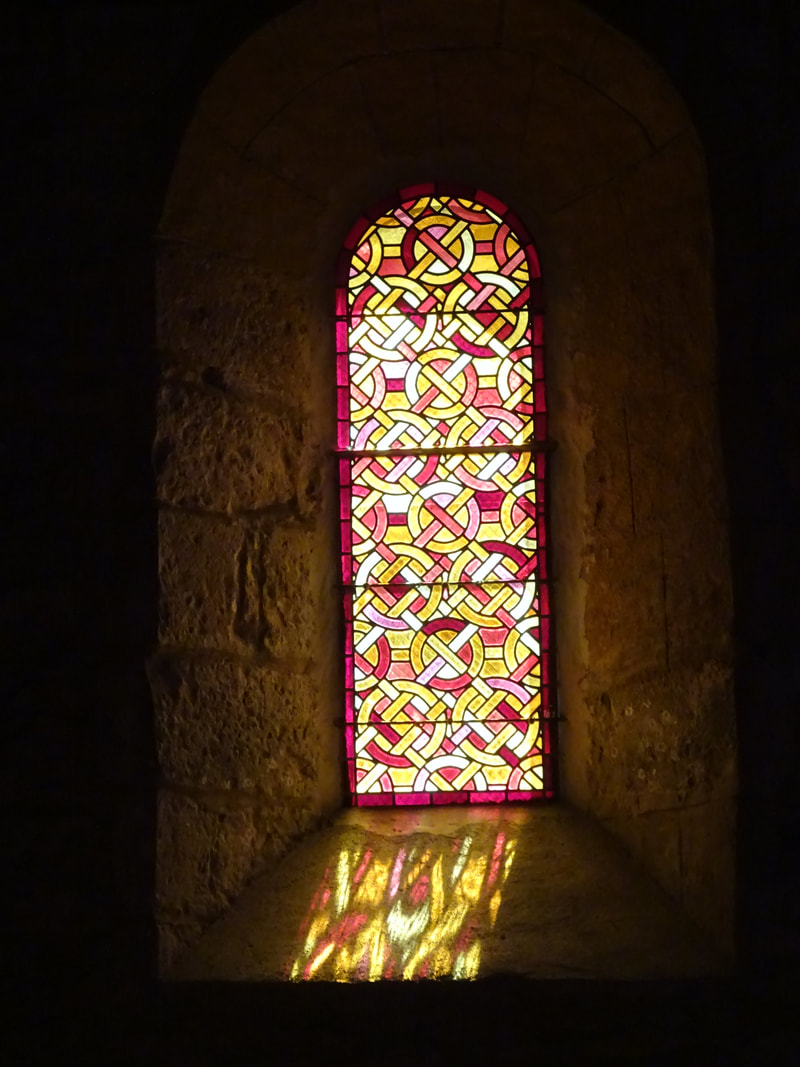




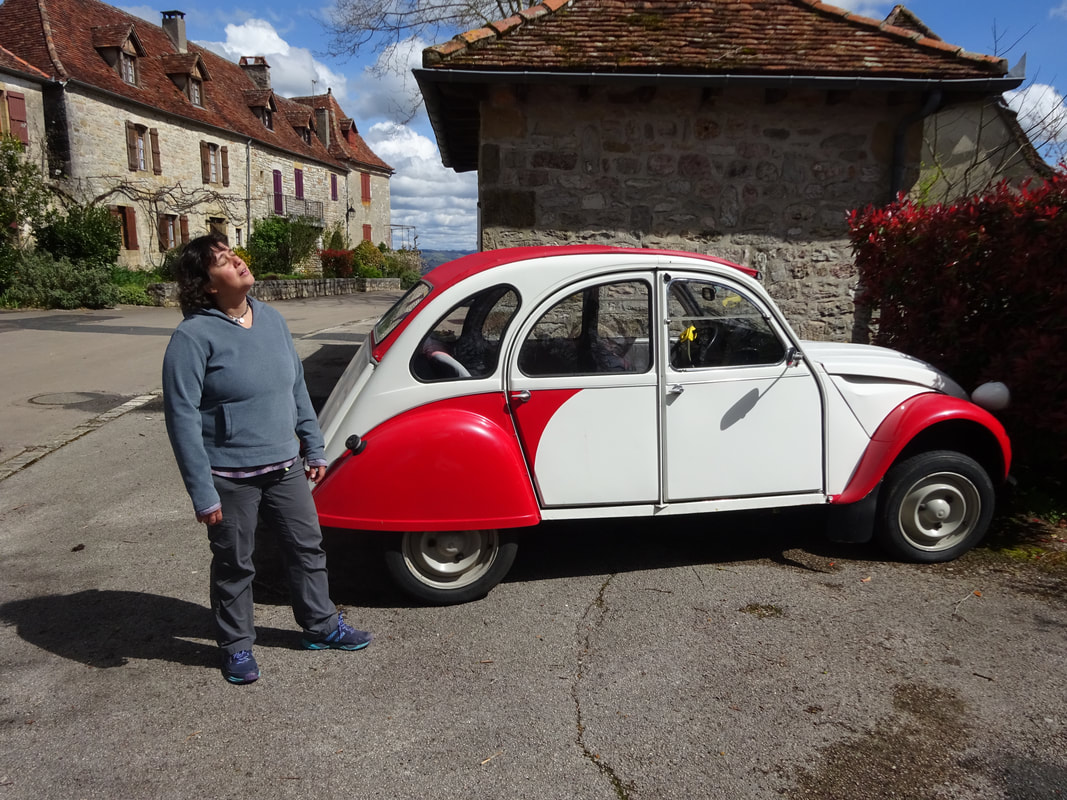


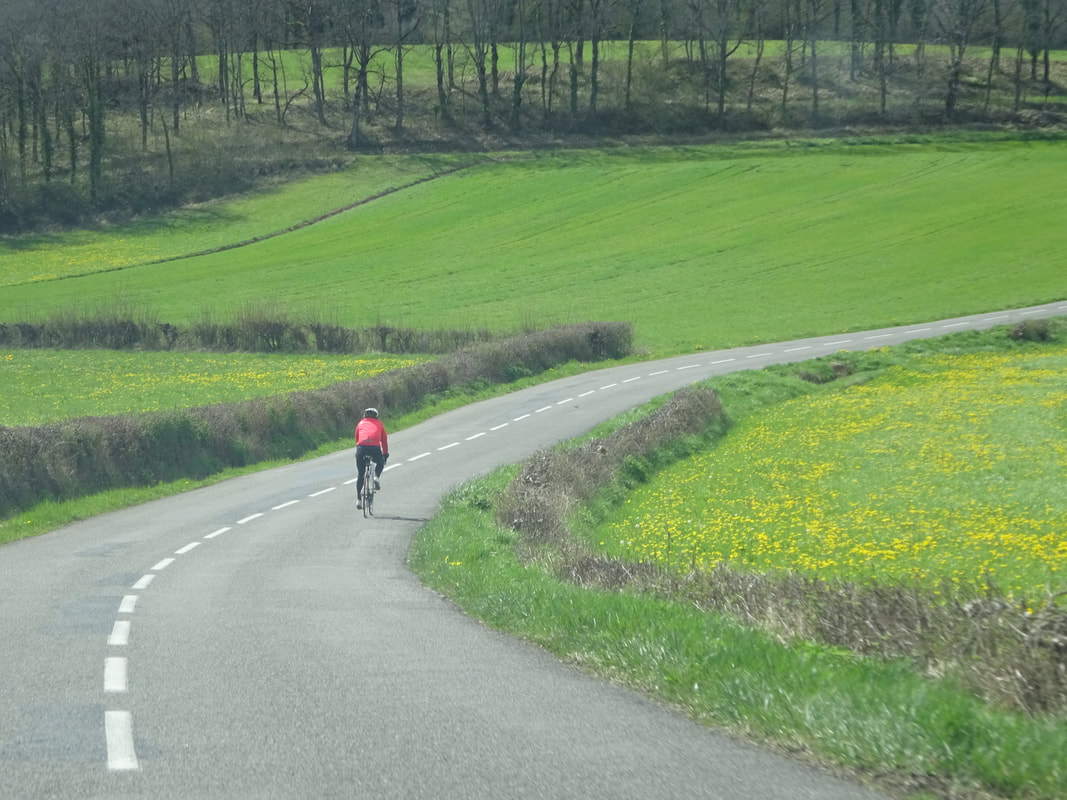





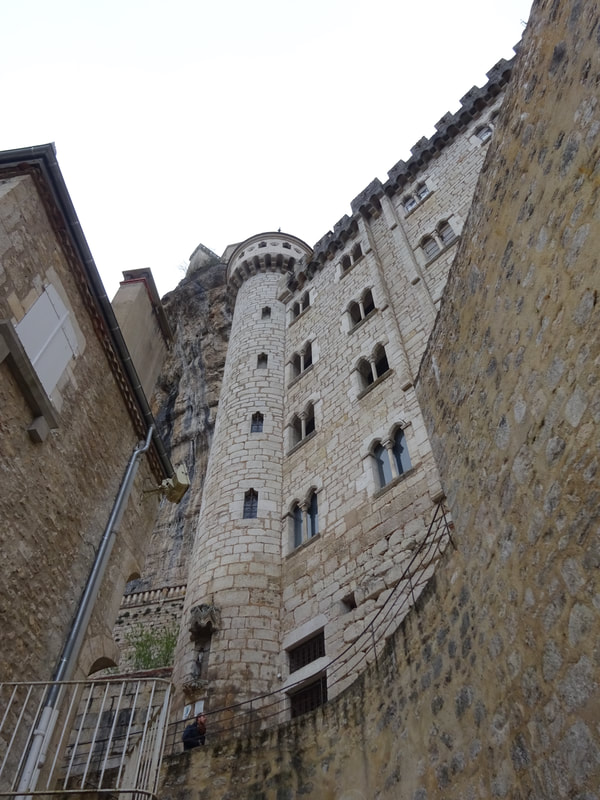



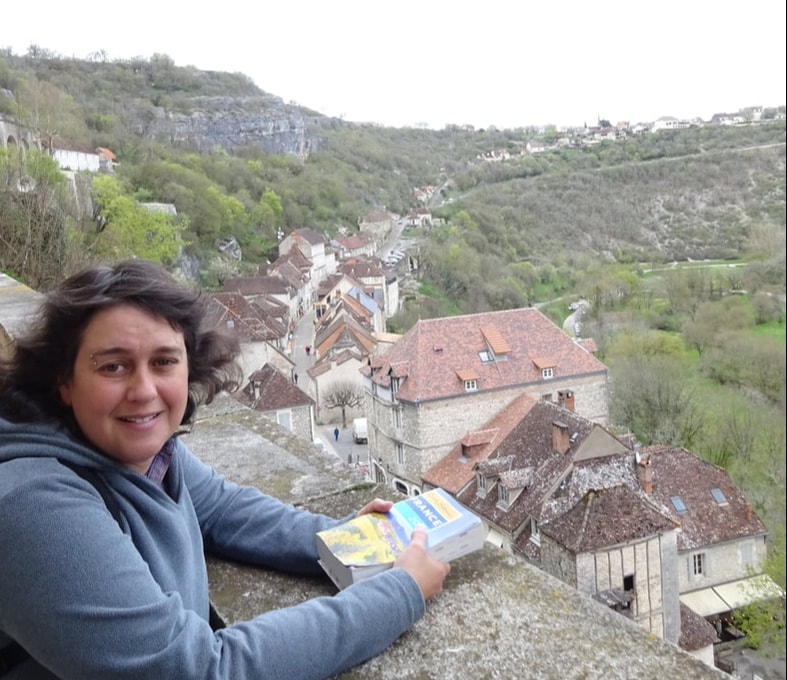




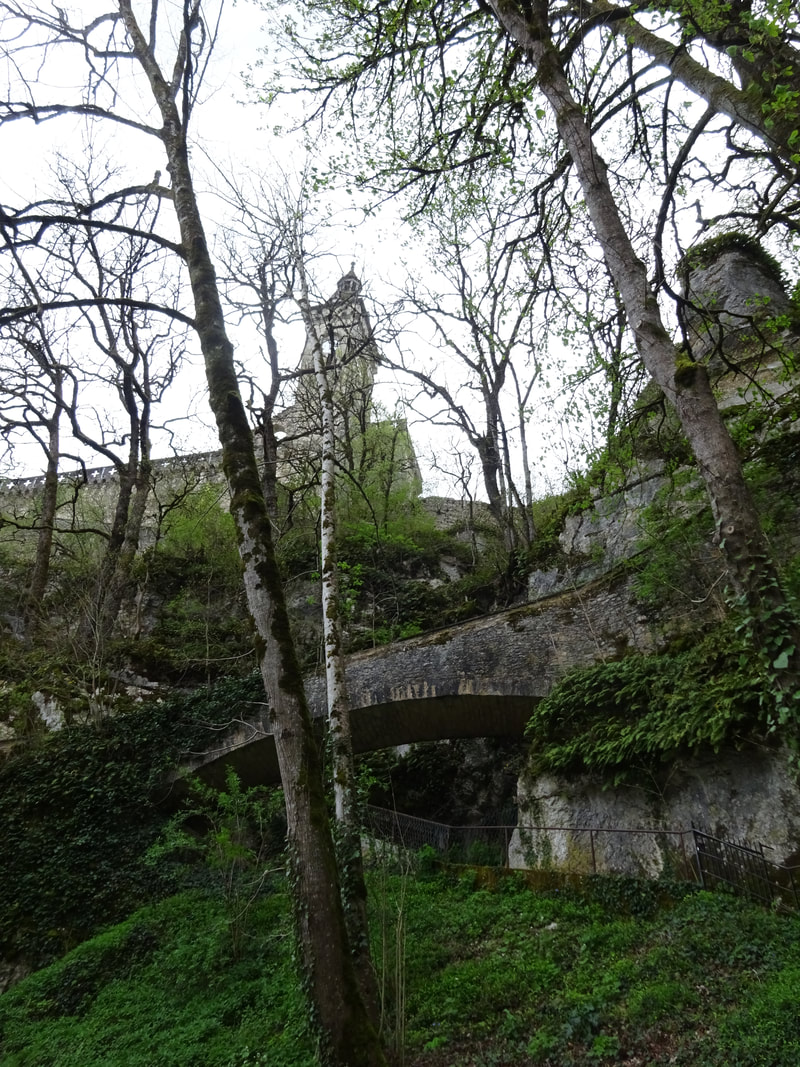



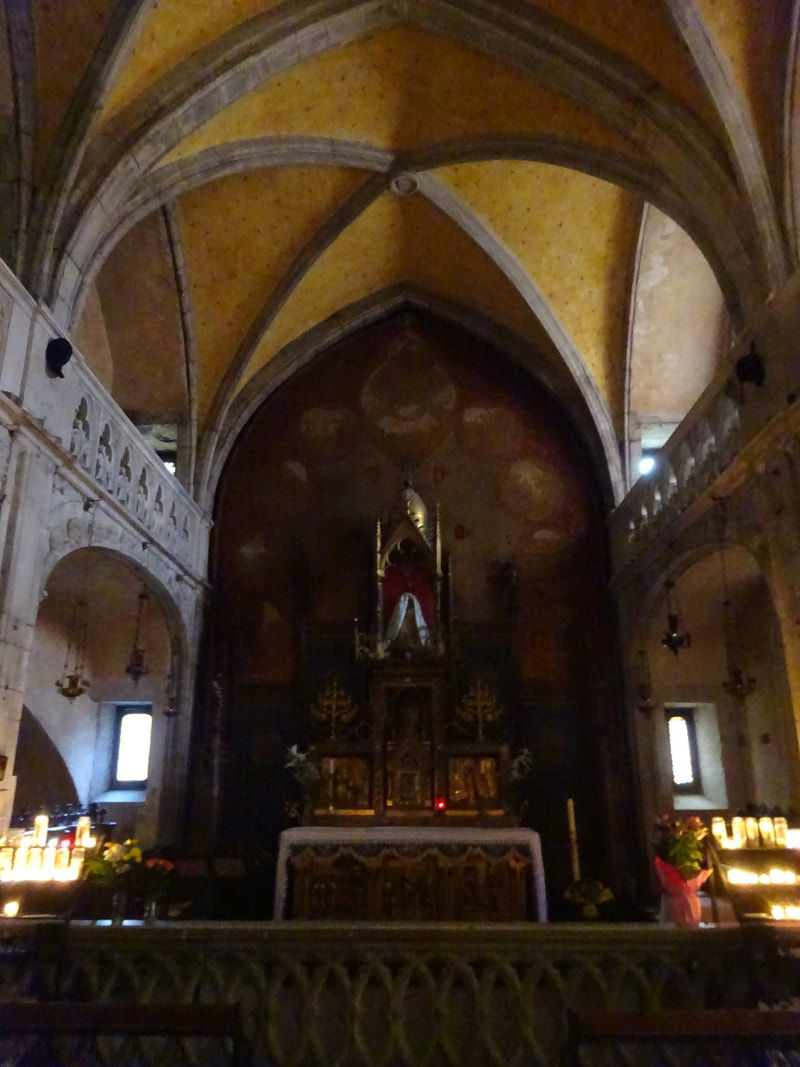

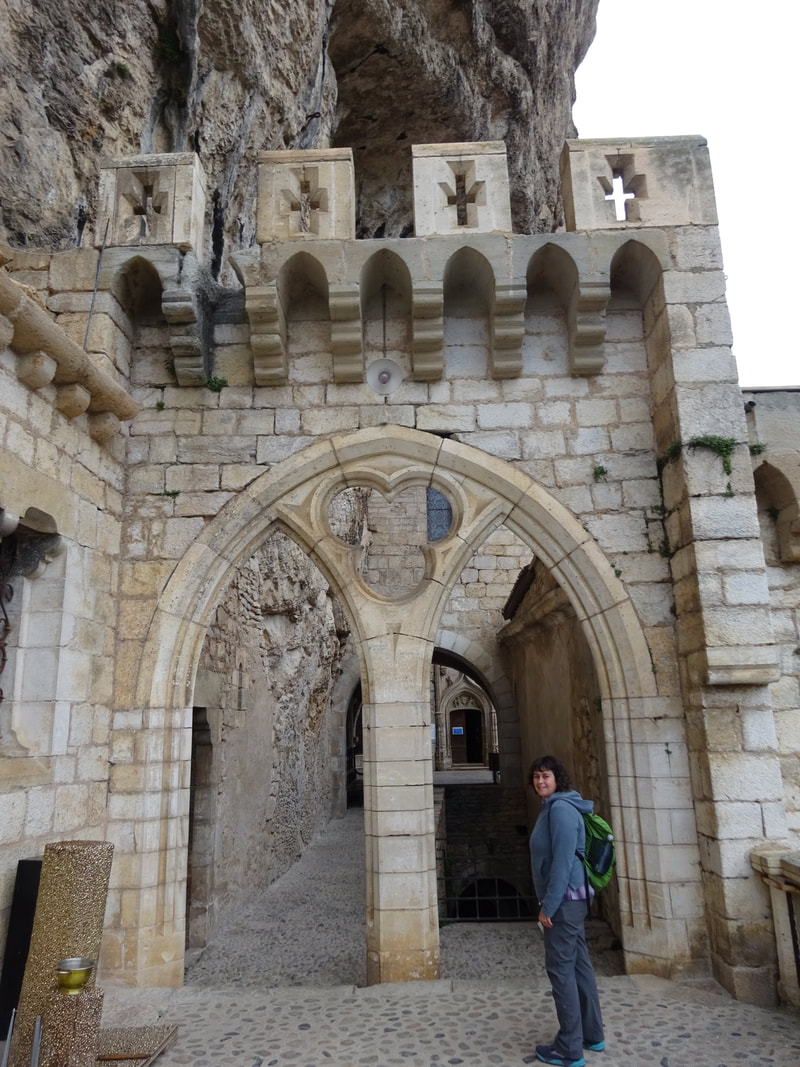


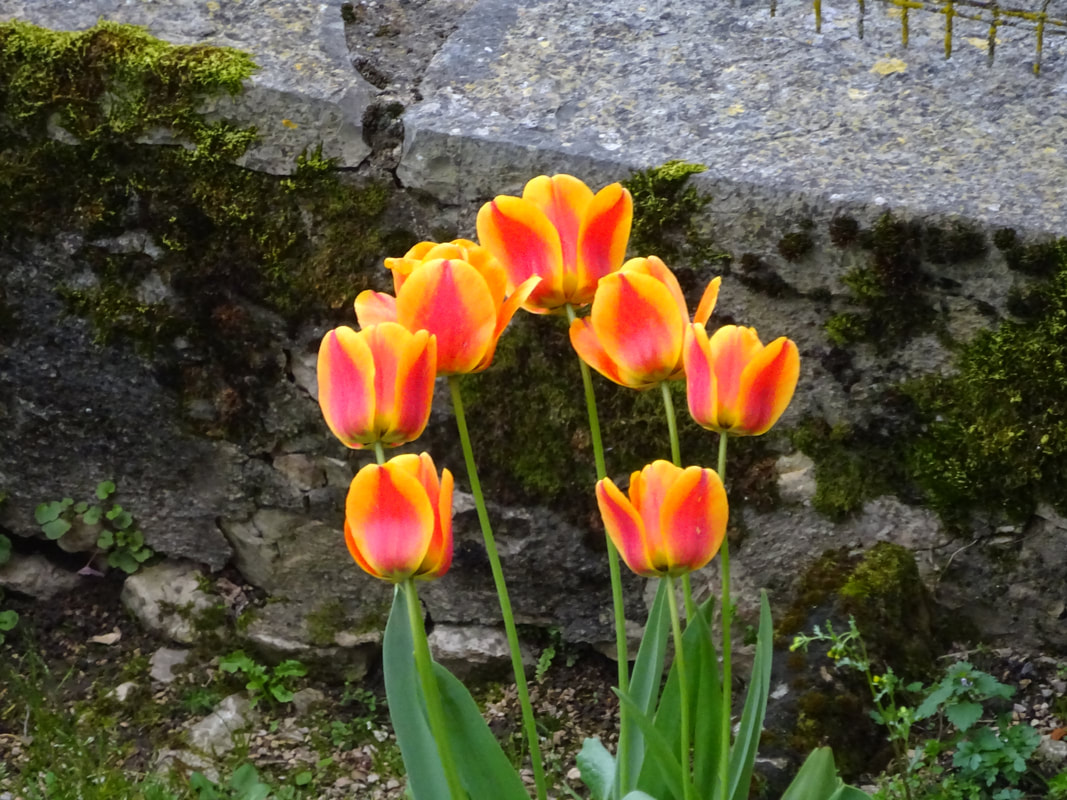

 RSS Feed
RSS Feed
